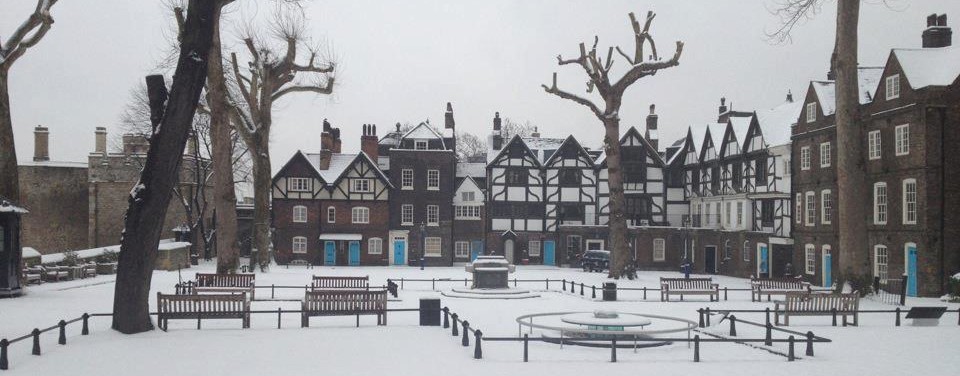Rudolf Hess in the Tower of London
Rudolf Hess parachuted into Scotland on the 10th of May, and was bought to the Tower 17th May 1941, he remained here for three days.
When it come to the arrival of Hess at the Tower, there seemed to be more than one story, The Chief Yeoman Warder Cook DCM, MM, BEM, wrote in his manuscript, “that an eye witness at time had reported”.
“At about 10:10 a.m. 17th May 1941, a HE109 on a tender was brought into the Tower closely followed by several cars and dispatch riders which gave evidence that somebody of importance had come to the Tower. No warning had been given that Rudolf Hess, the German Deputy Fuhrer was paying the Tower a visit, as prisoner of War”.
This report is not true Rudolf Hess arrived on the 17th May in total secrecy around midnight on Friday Saturday night (17th 18th), his aircraft a Messerschmitt Bf 110 was destroyed when it crashed at Eaglesham, a part of the aircraft can be seem in the Imperial War Museum.
While at the Tower Hess was held in The Constables Flat in the Kings House, which room this would be in 1941 is another question. He is was then moved out of the Tower in the afternoon of Tuesday 20th May 1941, he then spent the next 13 months at Mychett Place, designated “Camp Z”.
The story of his aircraft is also interesting, (Reference: History of the British Secret Service by Richard Deacon and Frederick Muller 1969, page 319). Newspaper reports of the time, report Hess came to Britain, the National Savings Committee announced that his aeroplane
would be shown in London to help raise funds for War weapons Week.
The aircraft a ME109 was placed on display to the South of the Tower, in the Moat by the Middle Drawbridge. Hess had actually flown to England in a ME110D, this plan was swiftly revoked on the official grounds that circumstances have made this impracticable.
The reason for official coyness may perhaps be found in the statement a few months later by an American aircraft engineer Donald Dunning that he had examined Hess plane and found American products in it.
The tyres bore the imprint of an American firm, and the fuel tank was marked ‘100 Octane, an American designation.
On leaving the Tower Special accommodation was arranged for him a Mytchett Place, near Aldershot Surrey, and this is where he was interrogated.
He made an attempt to commit suicide on 15th June 1941 by throwing himself over a stair banister and managed to injure his left femur.
On the 25th June 1941 he was moved by car to Maindiff Court Hospital, Abergavenny, South Wales, and remained there until the end of the War.
On the 10th October 1945 he arrived at Nuremberg goal for the Nuremburg, Crimes Commission. He claimed he wanted to bring England to the conference table and make a peace settlement.
He was found guilty of war crimes and sentenced to life imprisonment, which he spent in Spandau Prisoner, West Berlin.
He committed suicide on the 17th August 1987, by strangulating himself on an electric flex, he was buried in a secret plot, and then his remains were moved to a family plot on 17th March 1988.
On display in the Tower for many years there was a piece of Tower paper signed by Rudolf Hess, and many years later the back of this was sign by his son Wolf Rudiger.
This was removed from public view in 1986 due to complaints from the public, although it can be seen in the Yeoman Warders Club.

Leave a reply to Rudolf Hess in the Tower of London